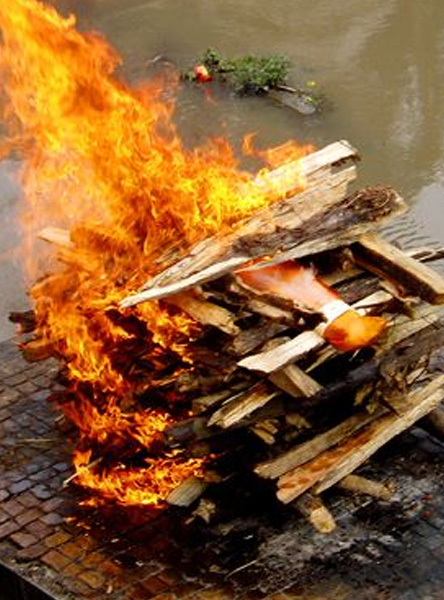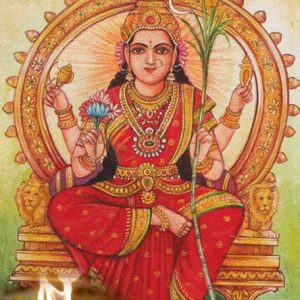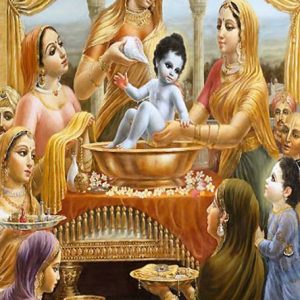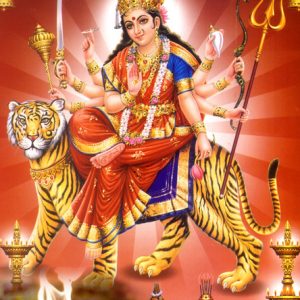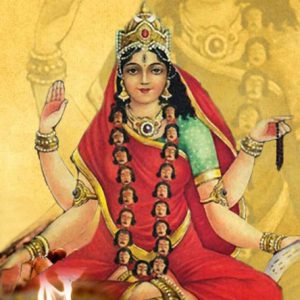Description
In Hinduism, the Panchmahabhuttas are the five great elements of antiquity (ingredients of the material component of the universe). They include Aakash (ether), Vaayu (air), Tejas (fire), Ap (water), and Prithivi (earth). Hindu cremation ceremony is intended to dissolve the material bond (attachment) between the Atman (soul) and the physical body so that the Atman can have a smooth transition to the astral world, upon the death of the physical body.
Through the power of the Vedic mantras, the cremation ceremony lessens the pain the Atman suffers when separated from the physical body. The cremation ceremony also provides psychological healing to the mourners of the departed soul.
The Hindu mode is that the sons or the sons of the nearest kindred must perform these parting ceremonies. As soon as all hope of life is given up, the family priest summons all the sons to sit by the side of the dying father. A lighted lamp, a vessel full of sessamum seed, a vessel filled with oil, a cow milk and its calf -these four must be given. These donations are considered to be most effective in washing away the sins of the dying man.

